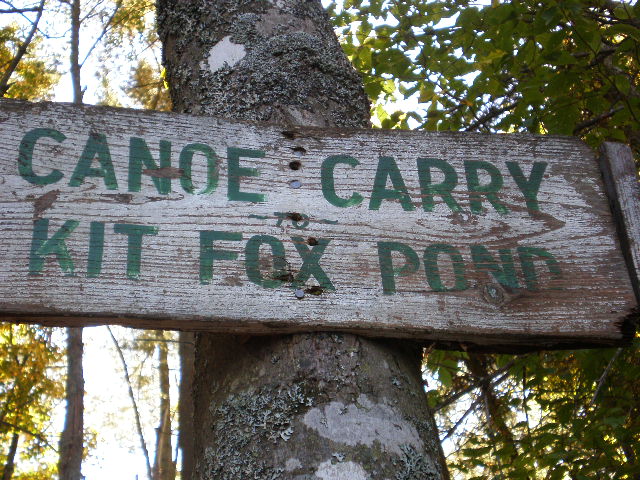 We all know there is a certain amount of risk involved when we play in the outdoors and for the most part I feel confident that most of the people I enter the woods with are aware of the dangers and risks. Some of the common risks we prepare ourselves for are insect bites, sunburn, cuts, illness, and even encounters with wildlife such as rattlesnakes and bear.
We all know there is a certain amount of risk involved when we play in the outdoors and for the most part I feel confident that most of the people I enter the woods with are aware of the dangers and risks. Some of the common risks we prepare ourselves for are insect bites, sunburn, cuts, illness, and even encounters with wildlife such as rattlesnakes and bear.
We are prepared for many of these risks because they are common risks that we have actually encountered over years, but what about the dangers we don’t expect like burn related injuries. Two camping situations where burn is a real threat are around the campfire and when camp cooking. Below are a few suggestions on how to reduce the burn threat while camping.
Campfire – A great campfire is often the highlight of the camping trip and without it evenings at the campsite tend to be a bit dull. But fire can be devastating and it only takes a moment of carelessness to turn a camping trip into a disaster.
- Campfires can get out of control quickly so keep it contained and keep it small. A good bed of coals are safest for cooking and a fire surrounded with rocks is best for throwing heat but also helps to keep the fire contained to a safe burn area.
- Build your campfire on level ground away from human traffic areas, clear of rocks, stumps, overhanging limbs, dry grass and leaves. Never use liquid stove fuel as a fire starter because often there ends up a burn victim. Always keep a supply of water nearby in case of fire spread.
- Keep your campfire free of foreign objects and materials such as glass and unopened cans. Glass and other objects can result in a violent explosion; I’ve seen it happen and you wouldn’t want something that severe to happen while the entire group is gathered around the fire.
Camp Cooking – Like a great campfire, camp cooking is often the highlight of the camping trip but there are serious dangers present when cooking on open fires and with camping stoves.
- I don’t have to explain the dangers of boiling water and cooking with hot oil but when cooking outdoors we don’t always have the right cooking utensils or the appropriate environment and are taking on higher risk.
- When handling hot pots and pans be sure to use the right utensils to reduce the risk of spills and burns.
- Establish a cooking zone free from obstacles like branches, stumps, coolers, tent rope and children.
- For added protection wear a full layer of clothing and leather boots rather than shorts, open sandals or Crocs.
- Liquid fuel camp stoves are capable of putting out a very hot flame that when working properly is a very safe and efficient cooking apparatus. But I’ve seen camp stove malfunctions that nearly ended in disaster if not for some quick thinking by the cook. Always keep camp stoves well maintained and know how to use them properly. And always use your stove in a perimeter away from tents, shelters and other flammables.
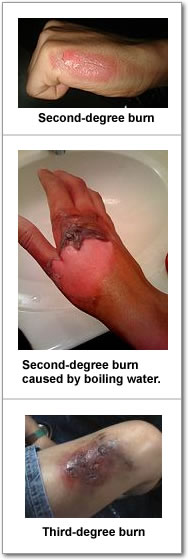 Burn Types
Burn Types
The first-degree burn is the most common and least serious burn that results from sunburn or contact with hot cooking utensils, food or water and hot lanterns. The first-degree burn usually involves minor pain at the site of the injury and can be treated as a minor burn unless it involves substantial portions of the face and body. The skin at the burn area is usually red, with minor swelling and slight pain, but the outer layer of skin hasn’t been burned through.
The second-degree burn is when the first layer of skin has been burned through and the second layer of skin is also burned and can occur when contact with boiling water, hot food or oil, lanterns, flares, flame or fire. Blisters will develop and the skin will develop a severe red appearance. Second-degree burns produce severe pain and swelling.
The third-degree burn is the most serious burns that involve all layers of the skin and cause permanent muscle and tissue damage. Areas may be charred black or appear dry and white. For these types of burns seek immediate emergency assistance.
Burn Treatment
First-degree burn treatment – Hold the burned area under clean cold water or place a clean cold compress on the burn for several minutes. Then lightly dry the area and cover it loosely with a sterile gauze bandage. Do not apply ice, sprays or ointments to the burn; however the exception is that sprays may be used in cases of light sunburn.
Second-degree burn treatment – If the second-degree burn is small treat it the same as the first-degree burn but if the burned area is larger than a few inches in diameter or if the burn is present on the face, hands or major portions of the body then treat it as a major burn and get medical emergency assistance.
Third-degree burn treatment – Don’t remove burnt clothing but make sure the victim is no longer in contact with smoldering clothing and materials. Don’t apply cold water cold water because doing so could cause shock. Cover the area of the burn with a cool, moist, sterile bandage or clean moist towels and elevate the burn area if possible. Seek immediate emergency assistance.
A good first aid kit is a sensible thing to have when playing in the outdoors but it’s often one of the most overlooked items on the gear list. Learn more about first aid kits.
Moshannon Falls: Camping Safety – Burn Risk and First Aid

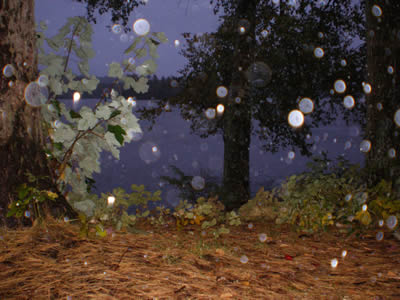
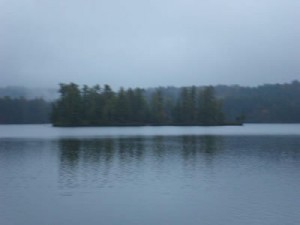 I’ve been exposed to days of solid rain and snow in my earlier days of canoeing but now I’m a little more selective of the weather conditions; however, I will not let one or two days of rain dissuade me from a good trip. Now an enjoyable trip all begins with selecting the right tent because the right tent will keep you drier with the right maintenance – yes there is such a thing as tent maintenance.
I’ve been exposed to days of solid rain and snow in my earlier days of canoeing but now I’m a little more selective of the weather conditions; however, I will not let one or two days of rain dissuade me from a good trip. Now an enjoyable trip all begins with selecting the right tent because the right tent will keep you drier with the right maintenance – yes there is such a thing as tent maintenance.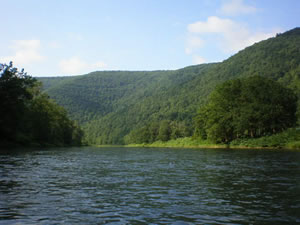
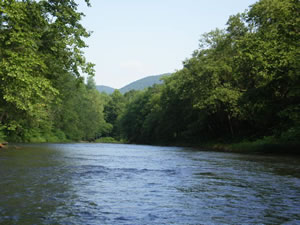 Paddling Sinnemahoning Creek
Paddling Sinnemahoning Creek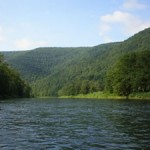
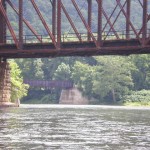
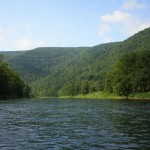
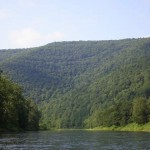
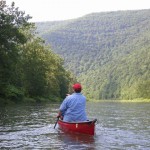
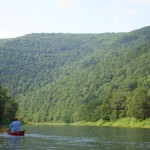
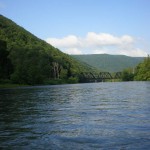
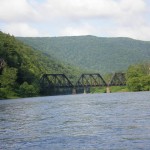
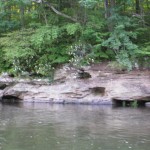
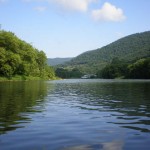
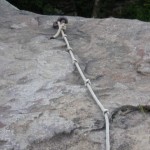
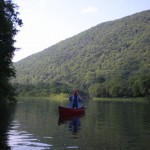
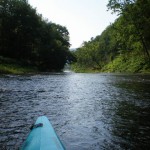
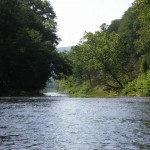
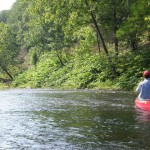
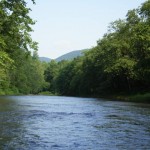
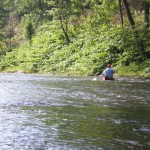
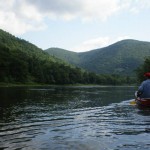
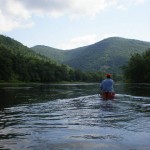
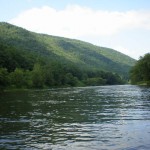
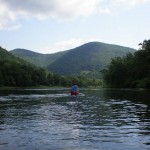
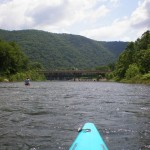
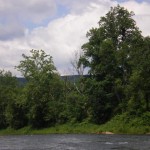
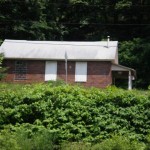
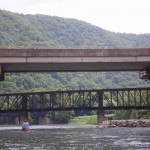
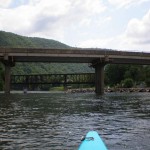
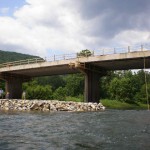
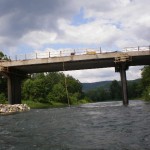
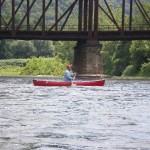
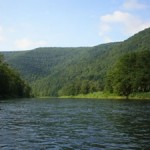

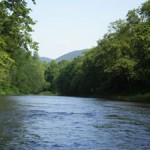
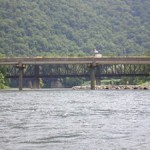
 We all know there is a certain amount of risk involved when we play in the outdoors and for the most part I feel confident that most of the people I enter the woods with are aware of the dangers and risks. Some of the common risks we prepare ourselves for are insect bites, sunburn, cuts, illness, and even encounters with wildlife such as rattlesnakes and bear.
We all know there is a certain amount of risk involved when we play in the outdoors and for the most part I feel confident that most of the people I enter the woods with are aware of the dangers and risks. Some of the common risks we prepare ourselves for are insect bites, sunburn, cuts, illness, and even encounters with wildlife such as rattlesnakes and bear. Burn Types
Burn Types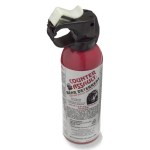 Here’s a very practical survival gift for the extreme wilderness hiker, camper or anyone who spends time in the outdoors. It’s the bear repellent spray. The reason to purchase this as a gift for your outdoor enthusiasts is obvious as there are plenty of dangers for wilderness enthusiasts and wildlife is one of the greatest threats.
Here’s a very practical survival gift for the extreme wilderness hiker, camper or anyone who spends time in the outdoors. It’s the bear repellent spray. The reason to purchase this as a gift for your outdoor enthusiasts is obvious as there are plenty of dangers for wilderness enthusiasts and wildlife is one of the greatest threats.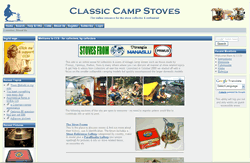 I recently discovered a Website called Classic Camping Stoves (
I recently discovered a Website called Classic Camping Stoves (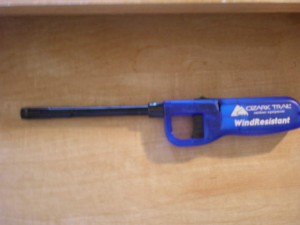 Normally I don’t bother commenting on gear malfunctions because it does occasionally happen with gear from any manufacturer, but this Ozark Trail WindResistant lighter has to be reviewed because it not only failed me but failed other people too, and could have left us without cooked food or fire in the Adirondacks for several days. And if you look around the Internet you’ll find a few positive reviews on this lighter, but they are reviews that occurred indoors and were based on coolness factors.
Normally I don’t bother commenting on gear malfunctions because it does occasionally happen with gear from any manufacturer, but this Ozark Trail WindResistant lighter has to be reviewed because it not only failed me but failed other people too, and could have left us without cooked food or fire in the Adirondacks for several days. And if you look around the Internet you’ll find a few positive reviews on this lighter, but they are reviews that occurred indoors and were based on coolness factors. 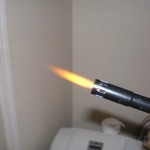 And when I returned home from my trip I threw the lighter on the desk and forgot about it for a few days and when I picked it up the thing worked again. I admit that I bought it because it was cheap, and I should have known better. This lighter is useful for lighting candles in the home and maybe a tiki torch on the deck but probably not much more.
And when I returned home from my trip I threw the lighter on the desk and forgot about it for a few days and when I picked it up the thing worked again. I admit that I bought it because it was cheap, and I should have known better. This lighter is useful for lighting candles in the home and maybe a tiki torch on the deck but probably not much more.